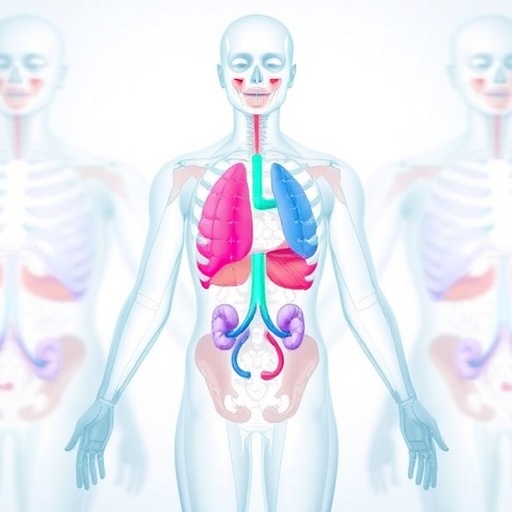
Credit: Ben-Gurion U./Jeffery Gordon
NASA Sending Solar Power Generator Developed at Ben-Gurion University to the International Space Station
BEER-SHEVA, ISRAEL…November 14, 2019 – A new solar power generator prototype developed by Ben-Gurion University of the Negev (BGU) and research teams in the United States, will be deployed on the first 2020 NASA flight launch to the International Space Station.
According to research published in Optics Express, the compact, microconcentrator photovoltaic system could provide unprecedented watt per kilogram of power critical to lowering costs for private space flight.
As the total costs of a launch are decreasing, solar power systems now represent a larger fraction than ever of total system cost. Optical concentration can improve the efficiency and reduce photovoltaic power costs, but has traditionally been too bulky, massive and unreliable for space use.
Together with U.S. colleagues, Prof. (Emer.) Jeffrey Gordon of the BGU Alexandre Yersin Department of Solar Energy and Environmental Physics, Jacob Blaustein Institutes for Desert Research, developed this first-generation prototype (1.7 mm wide) that is slightly thicker than a sheet of paper (.10 mm) and slightly larger than a U.S. quarter.
“These results lay the groundwork for future space microconcentrator photovoltaic systems and establish a realistic path to exceed 350 w/kg specific power at more than 33% power conversion efficiency by scaling down to even smaller microcells,” the researchers say. “These could serve as a drop-in replacement for existing space solar cells at a substantially lower cost.”
A second generation of more efficient solar cells now being fabricated at the U.S. Naval Research Labs is only 0.17 mm per side, 1.0 mm thick and will increase specific power even further. If successful, future arrays will be planned for private space initiatives, as well as space agencies pursuing new missions that require high power for electric propulsion and deep space missions, including to Jupiter and Saturn.
###
In addition to Ben-Gurion University, other organizations involved include Pennsylvania State University, University of Illinois Urbana-Champaign, George Washington University, U.S. Naval Research Laboratory, H-NU Systems, and Northwestern University.
The research is funded by grants from the Israel Ministry of Science, Technology & Space (Grant number 3-15970); Advanced Research Projects Agency – Energy (DE-AR0000626); Air Force Research Laboratory (FA9453-17-C-0421).
American Associates, Ben-Gurion University of the Negev
American Associates, Ben-Gurion University of the Negev (AABGU) plays a vital role in sustaining David Ben-Gurion’s vision: creating a world-class institution of education and research in the Israeli desert, nurturing the Negev community and sharing the University’s expertise locally and around the globe. As Ben-Gurion University of the Negev (BGU) looks ahead to turning 50 in 2020, AABGU imagines a future that goes beyond the walls of academia. It is a future where BGU invents a new world and inspires a vision for a stronger Israel and its next generation of leaders. Together with supporters, AABGU will help the University foster excellence in teaching, research and outreach to the communities of the Negev for the next 50 years and beyond. Visit vision.aabgu.org to learn more. AABGU, headquartered in Manhattan, has nine regional offices throughout the United States. For more information visit http://www.
Media Contact
Andrew Lavin
[email protected]
516-944-4486
Related Journal Article
http://dx.





